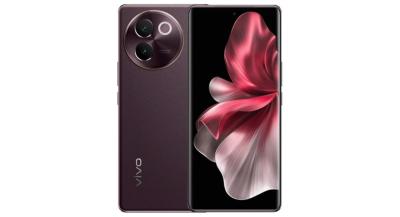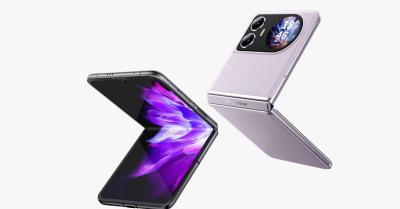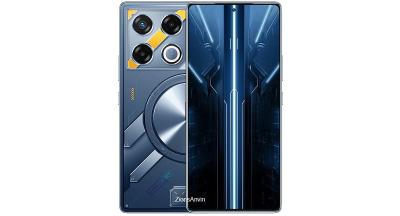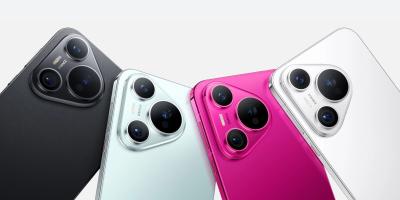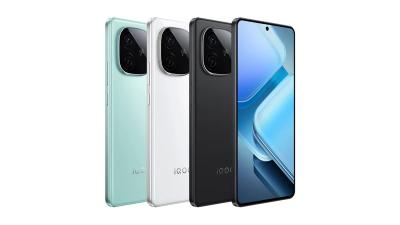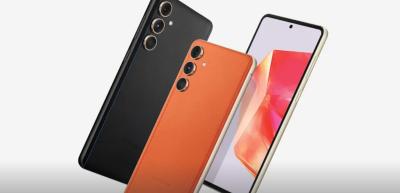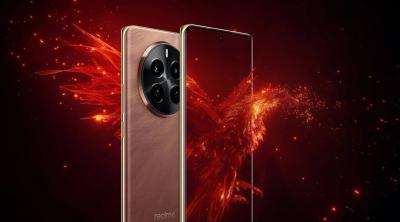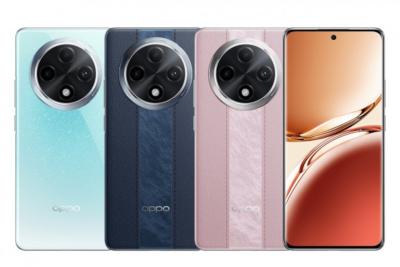Mobile phones
In recent years OLED technology has emerged as the leading smartphone display technology, and the world's most popular phone vendors are all shipping AMOLED smartphones.

In 2018, over 500 million AMOLED screens were produced - mostly to satisfy demand from mobile phones vendors. The smartphone OLED 2018 market was led by Samsung, who has been using AMOLEDs in its high-end phones for many years, followed by Apple, LG, Xiaomi, Huawei and others. Samsung is branding its smartphone OLED displays as Super AMOLED display.
Most premium phones today adopt flexible OLED displays. Apple for example is using a flexible 5.8" 1125x2436 OLED (made by SDC) in its 2018 iPhone XS (the iPhone XS Max sports a larger 6.5" 1242x2688 flexible AMOLED). Display experts say that the iPhone XS Display is the world's best smartphone display.
OLEDs - the best smartphone displays?
Most display experts and consumers agree that OLED displays are the world's best smartphone displays. The best smartphone OLED displays are the Super AMOLED displays produced by Samsung Display, but other OLED producers (such as LG and BOE Display) are also producing high quality OLEDs.
Following is a list of smartphone with OLED displays:
Blackview Hero 10
The Blackview Hero 10 is a foldable smartphone, that has a 6.9" 1300 nits 1080x2560 foldable AMOLED display, tested for over 250,000 folds. The phone also offers a Helio G99 chipset, 12 GB of RAM, 256 GB of storage, 4G connectivity, and a dual camera setup with a main 108MP Samsung HM6 sensor. The cover display is a small circular 1.19" 390x390 AMOLED.
The Blackview Hero 10 will be the world's cheapest foldable OLED phone (replacing the Nubia Flip), starting at around $420. It can be ordered internationally at AliExpress.
Moondrop MIAD 01
Honor 200 Lite
Infinix GT 20 Pro
The Infinix GT 20 Pro gaming smartphone offers a 6.78" 144Hz 1080x2436 1300 nits flexible AMOLED display, a Mediatek Dimensity 8200 Ultimate chipset, up to 12GB of RAM, up to 256 GB of storage and a microSDXC memory slot.
The phone has a special ESports mode for "zero interruption during gaming", to give it a similar performance to gaming consoles. The Infinix GT 20 Pro is now shipping starting at around $275.
Huawei Pura 70 / Pura 70 Pro / Pura 70 Pro+ / Pura 70 Ultimate
Huawei's Pura 70 smartphone family use LTPO AMOLED displays on all models. The Pura 70 offers a 6.6" 2500 nits 120Hz 1256x2760 LTPO AMOLED, a Kirin 9010 chipset, up to 12GB of RAM and up to 1TB of storage. The Pura 70 Pro has a larger 6.8" 2500 nits 120Hz 1260x2844 LTPO AMOLED, and similar processor and memory options.
The Pura 70 Pro+ and the Pura 70 Ultra have the same screen (and chipset) as the Pura 70 Pro, but stronger specifications.
Vivo IQOO Z9 Turbo / Z9 (China)
Vivo's IQOO Z9 Turbo and the new Z9 phone (sold in China only, not to be confused with the Z9 launched internationally earlier this year) both use the same display, a 6.78" 144Hz 4500 nits (peak) 1260x2800 AMOLED display, produced by TCL CSoT.
The Z9 Turbo offers a Snapdrgagon 8s Gen 3 chipset, up to 16 GB of RAM and up to 512 GB of storage. The Z9 (Chinese market) has a Snapdragon 7 Gen 3 chipset, up to 12 GB of RAM and up to 512 GB of storage. Both phones will ship on April 29.
Samsung Galaxy C55 / F55 / M55
Realme P1 / P1 Pro
Realme's P1 budget smartphone offers a 6.67" 120Hz 1200 nits (peak) 1080x2400 AMOLED display, a Mediatek Dimensity 7050 chipset, up to 8 GB of RAM and up to 256 GB of storage.
The P1 Pro has a 6.7" 120Hz 950 nits (peak) 1080x2412 AMOLED display, a Snapdragon 6 Gen 1 chipset, up to 8 GB of RAM and up to 256 GB of storage.
Oppo A3 Pro
Pagination
- Previous page
- Page 12
- Next page
